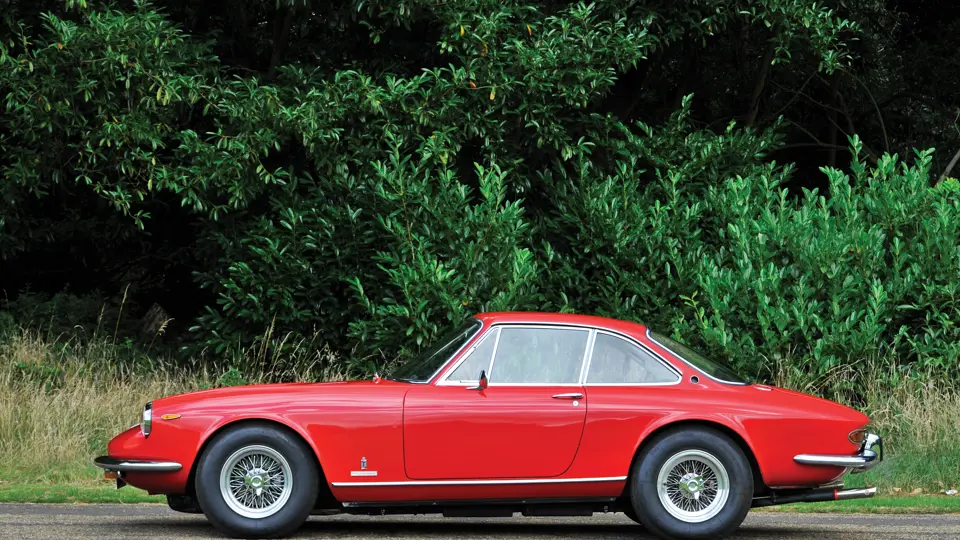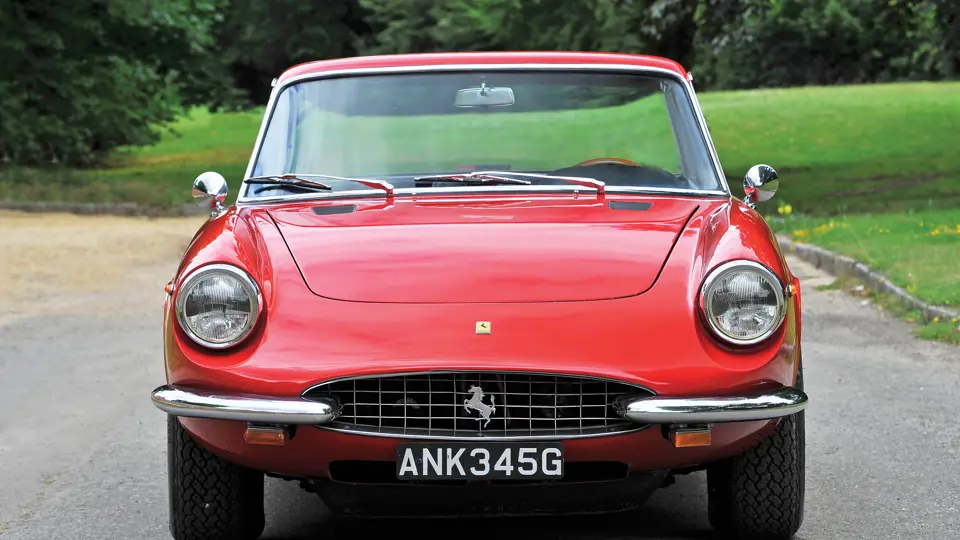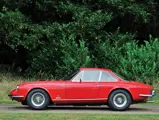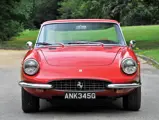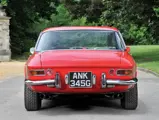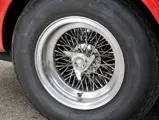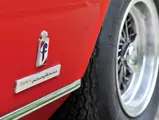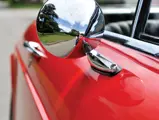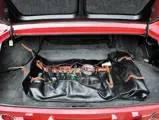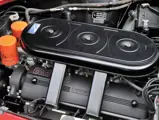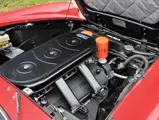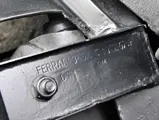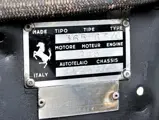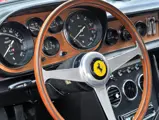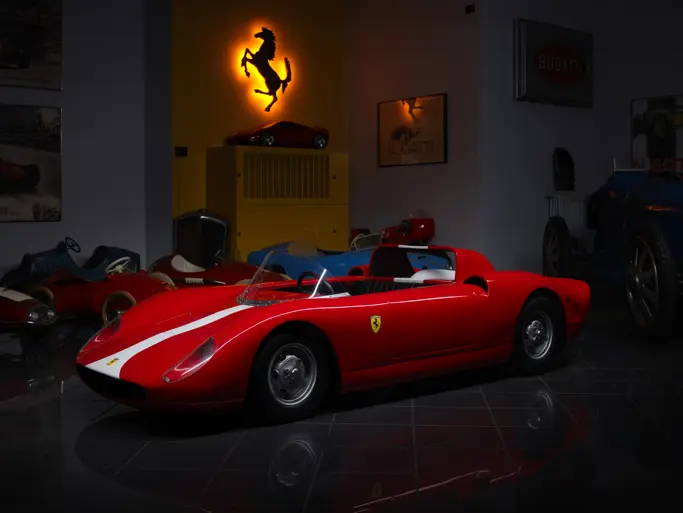320 bhp, 4,390 cc SOHC 60-degree aluminium-alloy V-12 engine with three Weber 40 DFI two-barrel downdraft Weber carburettors, five-speed manual rear transaxle, front and rear independent suspension, and four-wheel disc brakes. Wheelbase: 2,400 mm
Brian Laban, in his book Ferrari, said of the 365 GTC: “In Ferrari terms, the 365 GTC was something of a wallflower: in production for barely a year, with only 150 examples made, and seen by many enthusiasts as boringly conservative. But those who know better cite it as one of the finest all-rounders that Maranello ever built”.
Pininfarina designed and built the 365 GTC’s steel body, which blended the general design of the 275 GTS and 330 GTC with a nose resembling that of the 400 Superamerica and 500 Superfast. The wheelbase remained at 2,400 millimetres, and the Kamm-like ducktail rear end was duplicated with its split two-element chromed bumper bars. The main difference was the venting of the engine compartment with bonnet slats instead of wing louvers, as on the 330 GTS. The 365 also benefitted from the gearbox being integrated with the differential, which gave the car 50/50 weight distribution. With particular attention being paid to the car’s cabin noise and vibration levels, this was the first road going Ferrari to feature all-independent suspension. The big news, however, was under the bonnet.
The 365 GTC was equipped with a 320-horsepower, 4.4-litre Colombo V-12, Type 209/66, as what powered the 365 GT 2+2, which was introduced at the Paris Auto Salon in late 1967. As it was fitted with a single overhead camshaft, two valves per cylinder, and three Weber carburettors, it offered more low-end torque and stronger acceleration, all the while still maintaining the superb road manners of the 330 GTC. The block was slightly longer, with wider bore spacing, bigger bores, and being a bit taller to accommodate a longer stroke, all of which added up to yield a 20 horsepower gain to 320 and an increase to 267 foot-pounds of torque. The 29 May 1969 issue of Autocar published a 0–60 mph time of 6.3 seconds and a quarter-mile time of 14.5 seconds at 99.0 mph, along with a top speed of 151 mph—certainly impressive figures for the day.
Production was limited to just 150 units, perhaps caused by its arrival late in 1968 at about the same time as the rather high-profile 365 GTB/4 Daytona. The fact that it was so similar to its 275 and 330 predecessors could have also led to its somewhat limited numbers. Further still was the introduction of the then-smaller and less expensive mid-engined Dino and the impending US safety regulations that would have required considerable resources to accommodate an all-new design. However, rarity of numbers only adds to a car’s desirability and exclusivity amongst collectors, and the 365 GTC is certainly no exception to that rule.
The 365 GTC offered here, chassis number 12367, was completed by the Ferrari factory in March 1969, wearing Blu Ribot over a Pelle Nera leather interior. The car was the 96th 365 GTC built, and it was sold new to a Mr Rizzoli in Milan through the Crepaldi dealership. Although much of this car’s early life is unknown, it was eventually exported to the USA and repainted in classic red, like so many others of its ilk. The consignor purchased the car in California over 15 years ago and has since imported it to the UK. Chassis number 12367 has also recently received an engine rebuild at the renowned classic car workshop of Twyman Racing, with work totalling to over £33,000.
The 365 GTC is regarded as one of the best all-around Ferraris ever built, as it offers high performance, great comfort, and superb handling, making it one of the most sophisticated and elegant cars in a long line of Maranello GTs. This beautiful example sums that up quite nicely.






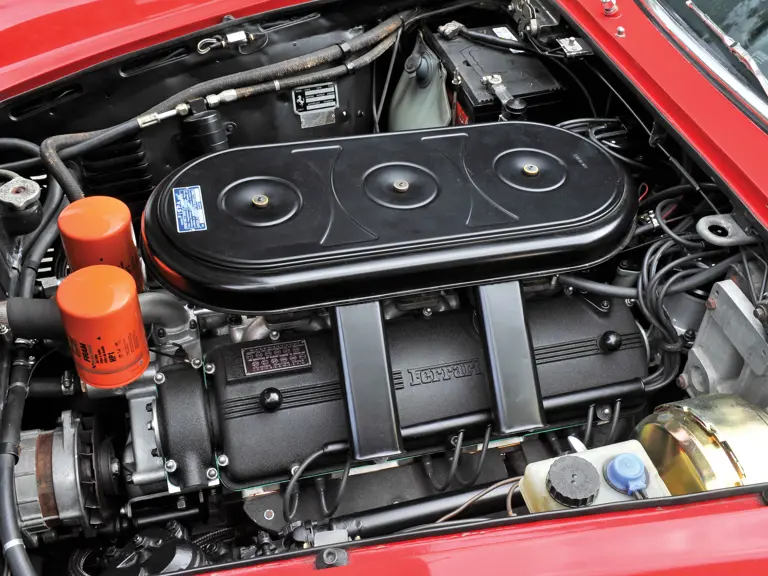


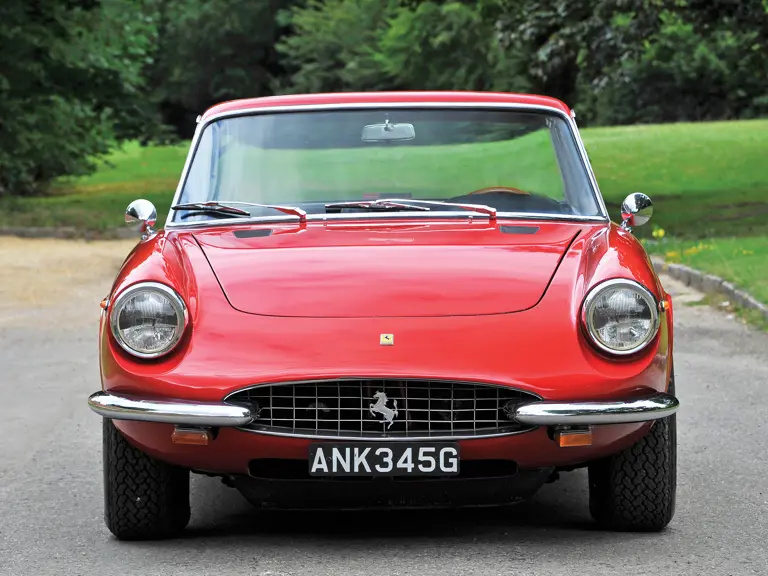
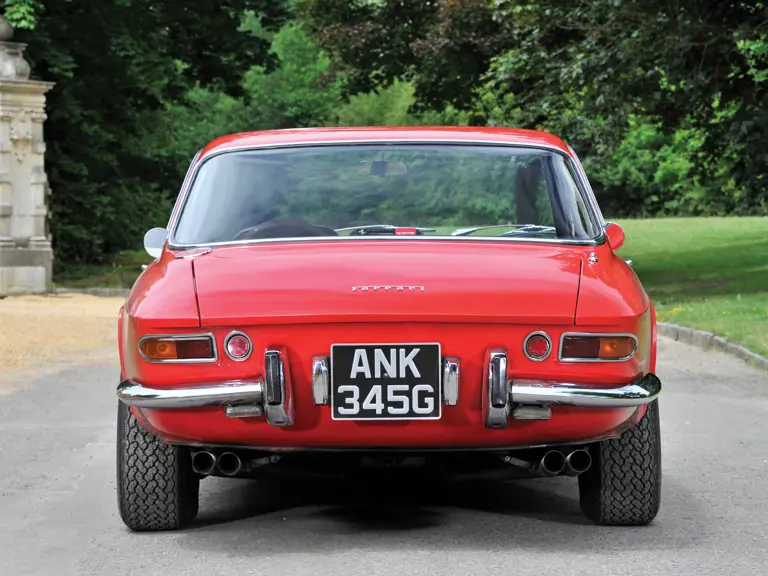


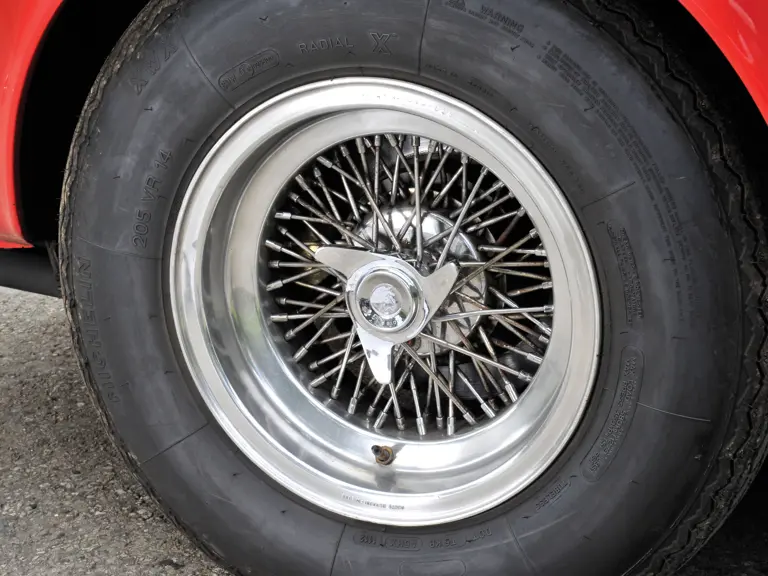
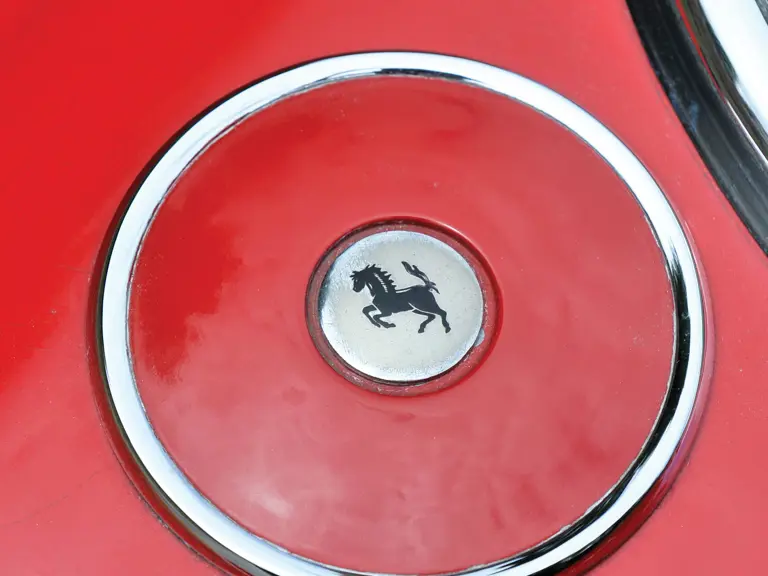
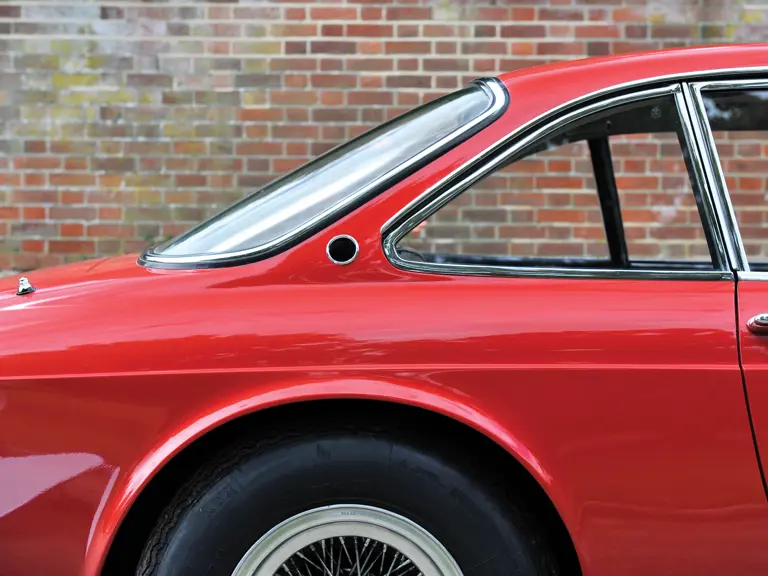
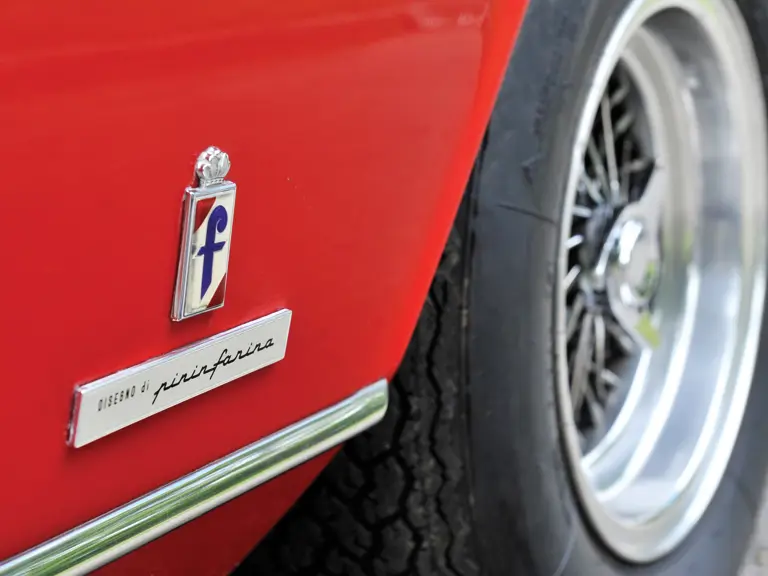
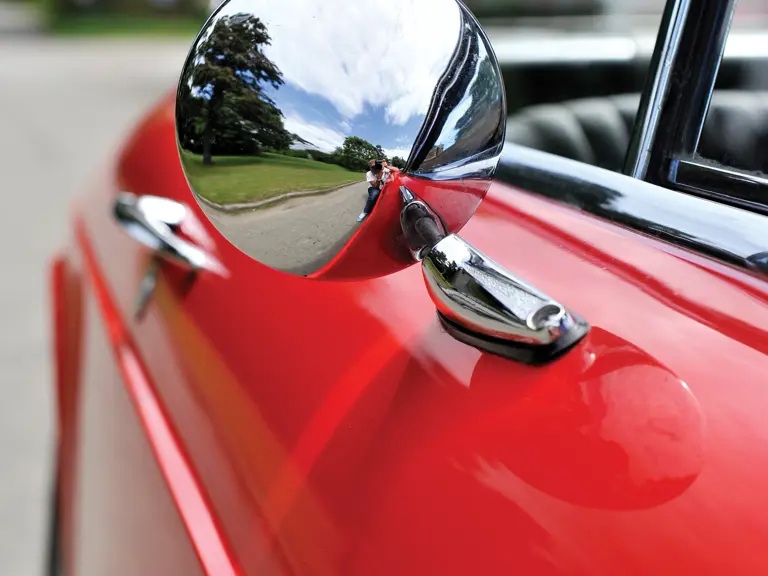
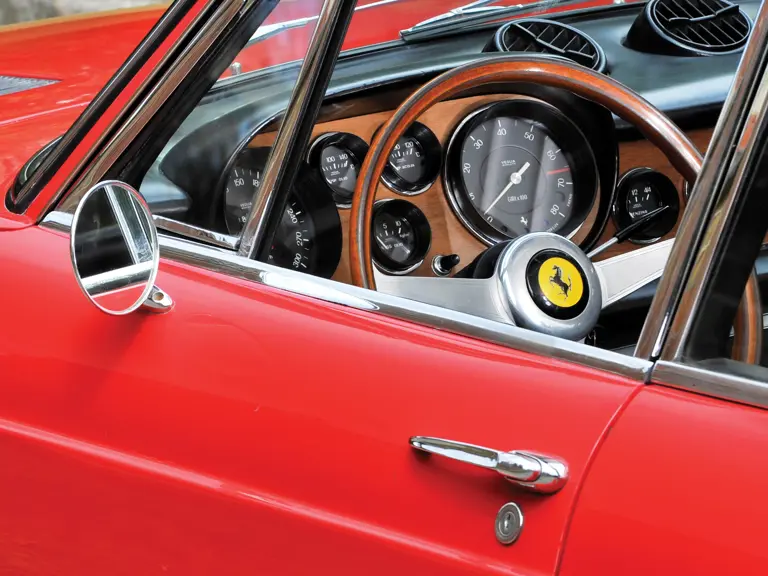
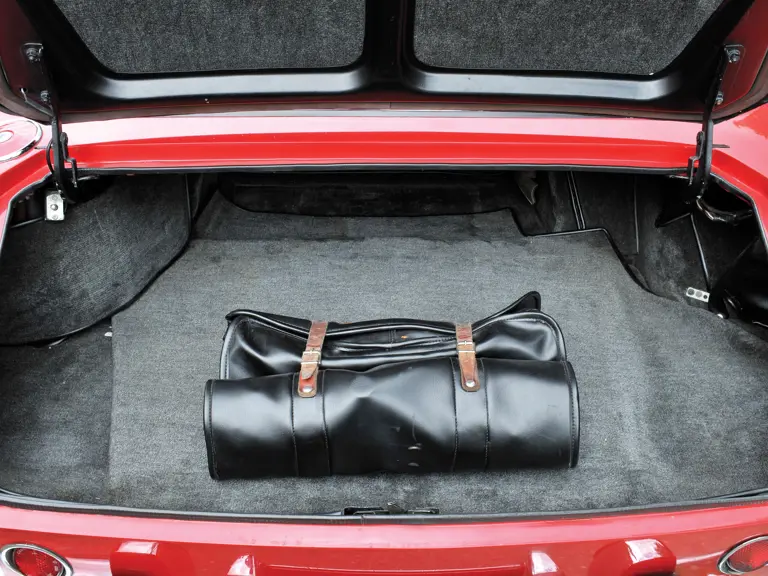
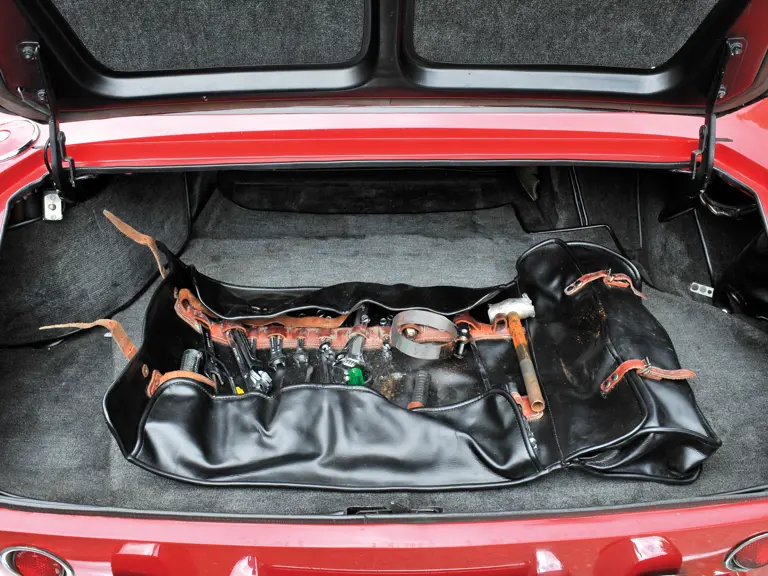
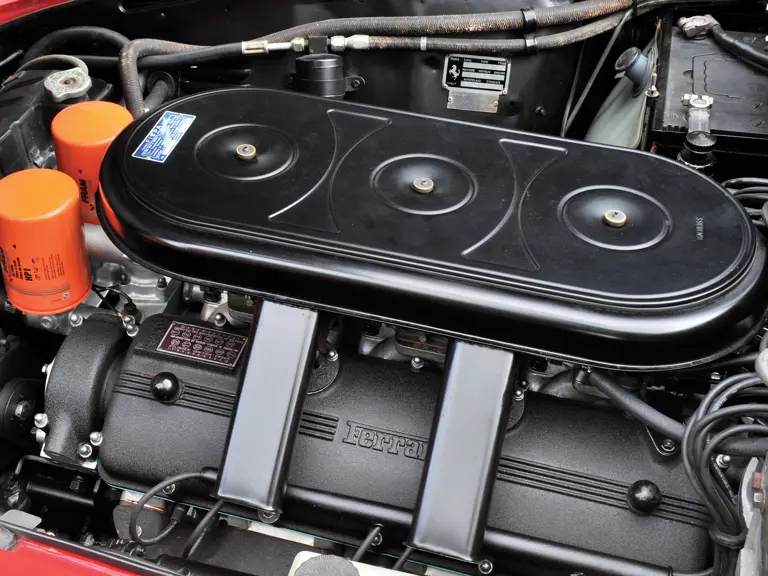

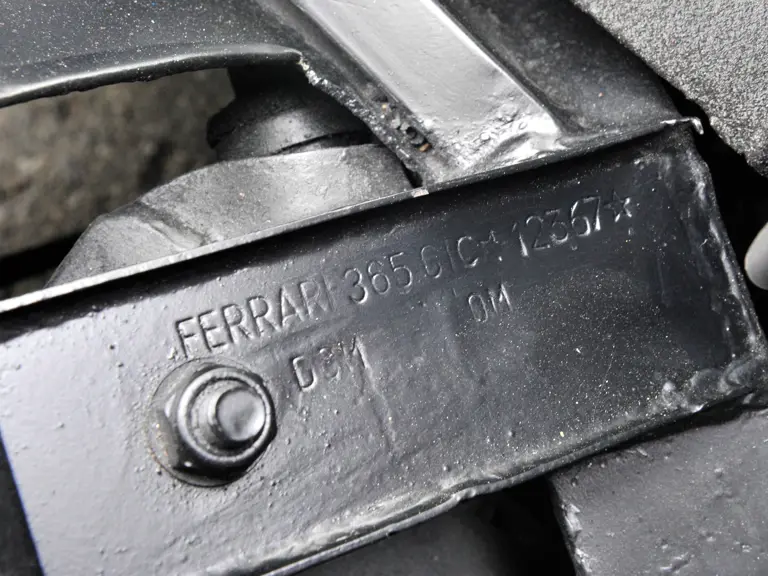
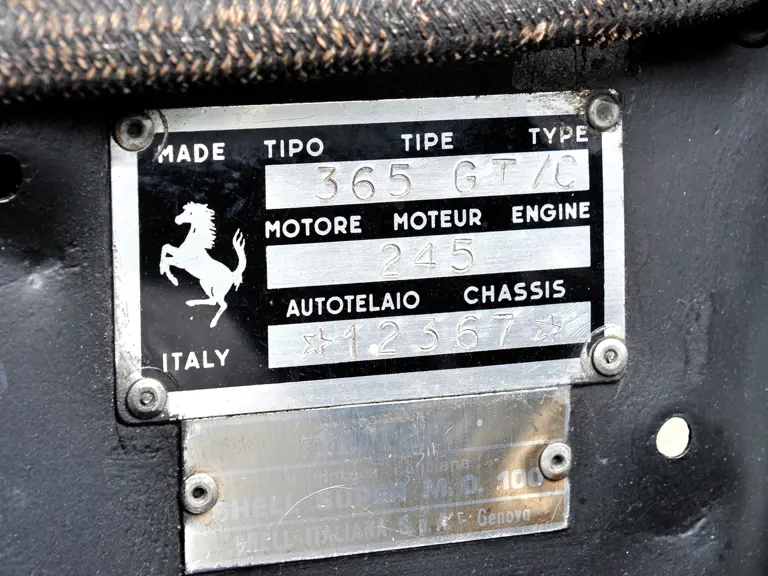
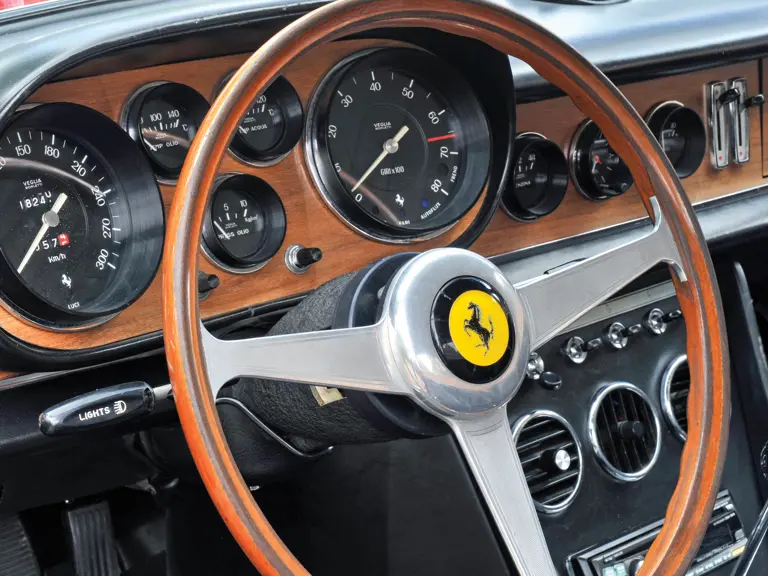
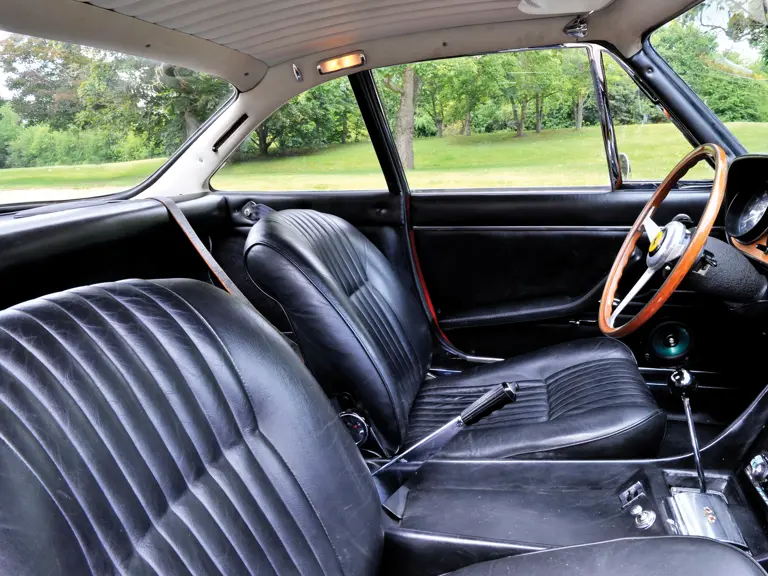
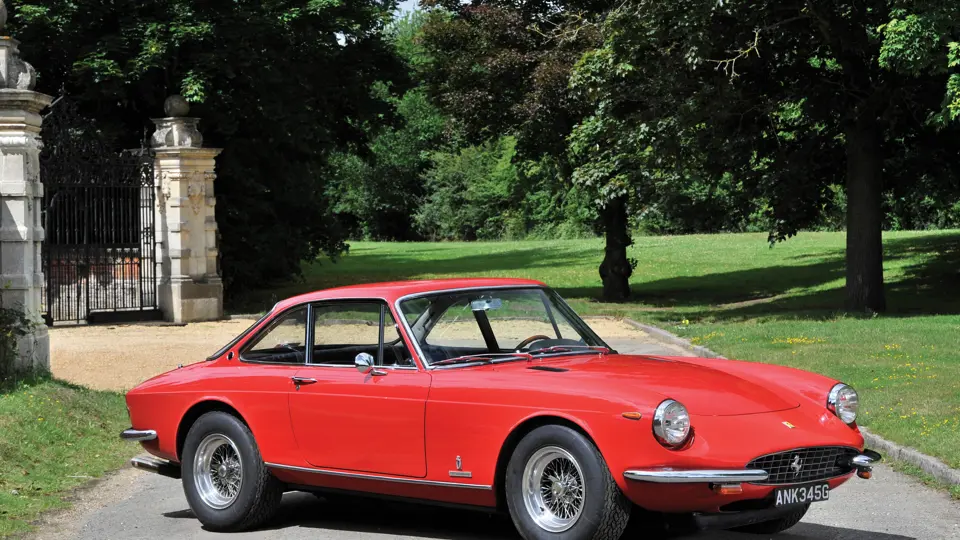
 | London, United Kingdom
| London, United Kingdom
